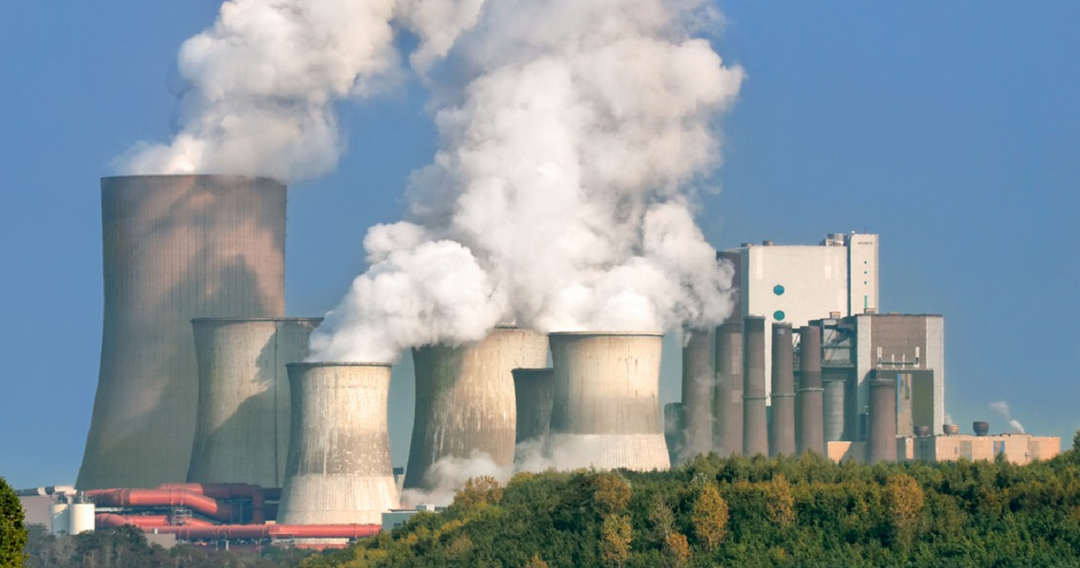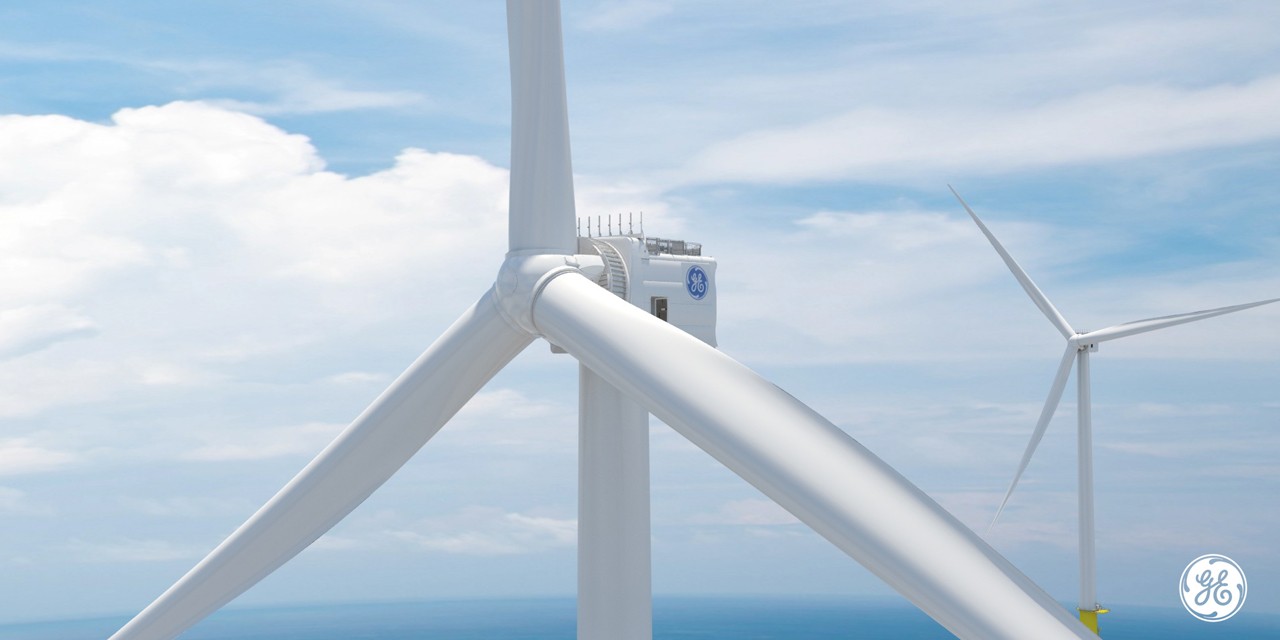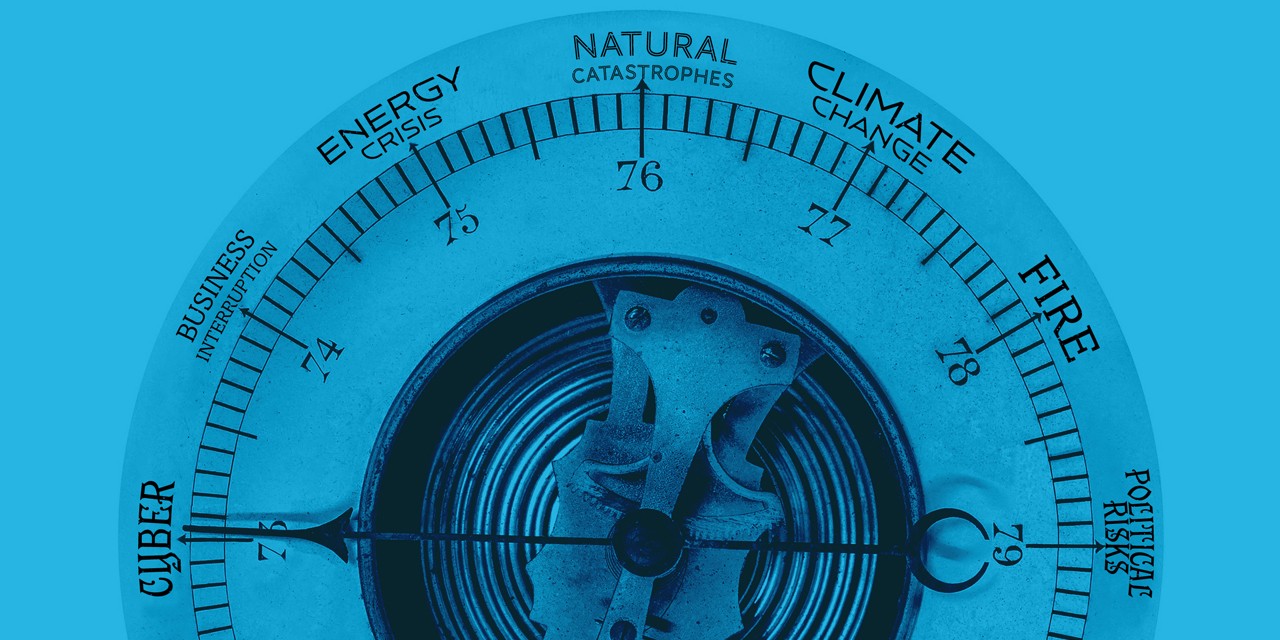- Electric mobility is being incentivized around the world to reduce the environmental impact of the transportation sector and to further the transition into a low carbon economy.
- With more electric vehicles in the market, the demand for the lithium used in their batteries is expected to increase accordingly.
- A sustainable approach is required to address the geographical, political, social, and environmental challenges of the lithium supply chains.
Key findings
The journey to achieve the goal of the Paris Agreement, limiting global warming to 1.5 °C, has opened the way for technological innovation to help reach a peak of greenhouse gas (GHG) emissions. Technology aims to have the double purpose of improving our resilience towards climate change and to reduce GHG emissions. That is why technological innovation is key to move towards a low carbon economy, where the output of GHGs into the atmosphere is minimal.
Electric mobility is one of the solutions being incentivized around the globe in varying magnitudes. Nevertheless, its implementation presents challenges to keep up with the growing demand of electric batteries and the risks in the lithium supply chain. A sustainable approach is needed to address the challenges from the extraction of this critical raw material, which is crucial in the fight against climate change.
The world's Low Carbon Economy commitment
Technologies aimed to reduce environmental impact such as solar panels, wind turbines, and electric mobility have been around for decades and are constantly improved for better performance. On the other hand, technologies like carbon capture and storage, and power-to-X are not widely implemented yet, but could have an enormous potential in a future decarbonization strategy. Nevertheless, it is important to keep in mind that there is no silver bullet to tackle climate change. Therefore, it is fundamental to consider and address the challenges of such technologies to be able to achieve genuine sustainability.
Decarbonization in every sector of our economy is needed, however, some sectors are on the frontline because of their contribution to climate change. The transportation sector holds one of the biggest shares of GHG emissions in the EU and continues growing. Similarly, according to the Environmental Protection Agency (EPA), the transportation sector has the largest contribution to the total USA GHG emissions with a share of 28%. The reason is that 90% of the fuel used for transportation is fossil fuel based. As the EU has set a target to become carbon neutral by 2050, it is no surprise that one of the pillars of the European Green Deal is sustainable and smart mobility, and that it considers alternative fueled cars and public recharging points. These measures could help the EU achieve its targets to cut CO2 emissions from cars by 37.5% and vans by 31% by 2030.

The future of mobility
Within the transportation sector, road transport has by far the biggest share in the sector’s GHG emissions. Therefore, one of the initiatives to lower them is to incentivize the deployment of low emission transport alternatives such as electric vehicles (EVs). Scientific studies have reached different conclusions about the real environmental footprint of EVs and the extent to which they can help mitigate climate change. The differences are due to the research scope and other factors such as the energy mix of the studied location. Nevertheless, the uptake of EVs continues to increase year-on-year. According to a report from the International Energy Agency (IEA), the global stock of EVs reached 7.2 million in 2019. This amount makes up only 1% of the total global car stock. However, it also represents a 40% year-on-year increase from 2018; EVs keep gaining share in the global car sales.
Countries around the world with different market sizes for these vehicles are offering incentives to increase the number of these units on their streets. For example, in Mexico, where only a few dozen EVs are sold per month, the owners are exempt from a tax that applies to all new cars and from driving bans that apply to conventional cars to cut down pollution. In China, the largest market for EVs that accounts for approximately 50% of global sales, EVs are not subject to registration restrictions or driving bans and receive purchase incentives. Norway has set the target that all new cars sold by 2025 should be zero emission vehicles. In this country, EVs are exempt from the import tax, are not subject to the 25% VAT, and enjoy other type of benefits such as reduction in parking fees. In 2019, one of every two newly registered cars in Norway was electric. The IEA estimates that under a Stated Policies Scenario, the global EV stock will reach almost 140 million in 2030.
With more EVs on the market and strong incentives to increase this number, the demand for materials used in EV batteries, such as lithium, cobalt, nickel, and others, can be expected to increase accordingly. The lithium-ion (Li-ion) batteries are the most widely used today and will likely dominate the market in the upcoming decade. Compared to its competitors, Li-ion batteries can store higher amounts of energy with lower mass and weight, have high energy efficiency, good high temperature performance, and lower self-discharge. The US Geological Service (USGS) reports that in 2020, 71% of the global end use of lithium was for batteries. The IEA estimated that the lithium demand could increase up to 185,000 tons per year by 2030, compared to the 17,000 tons per year in 2019, without considering other lithium applications like electronic devices, grid storage, ceramics, and glass.

Race for the key element in batteries is on
The projections for the demand of lithium present a challenge to its global supply chain, which has already struggle in the recent years to meet the demand. In 2018, the lithium price peaked due to a growing demand and high expectation of EVs’ market penetration, but according to the USGS, this was not fulfilled as China cut back on EV subsidies leading to a lower-than-expected demand. The plummet of prices during the last three years caused the cease of production on some small sites and halted planned projects. In 2021, the price of lithium is starting to recover which will incentivize extraction projects to resume operations.
Continuous exploration and a profitable market have increased lithium reserves around the world, estimated to be 21 million tons from which 82,000 tons were mined in 2020. Chile has the largest reserves with 9.2 million tons, followed by Australia, Argentina, and China. However, Australia is by far the leader of production with 40,000 tons mined in 2020, followed by Chile (18,000 tons) and China (14,000 tons).
The preferred extraction method used in Australia is hard rock mining of spodumene, an ore material with a theoretical content of 8% of lithium oxide. This method is considered energy intensive as the rock must be processed to extract the lithium. South America, in the “lithium triangle” between parts of Argentina, Chile, and Bolivia, utilizes the water intensive brine method in which salt-rich waters are pumped to the surface to undergo an evaporation process that takes months to extract the minerals.

Socio-environmental impacts of lithium mineral extraction
Lithium production has important sustainability challenges that need to be addressed to fulfill its role in the transition into a low carbon economy. Most lithium is currently extracted from only 10 sites around the world found in Australia, Argentina, Chile, and China. This geographical disparity is a challenge for the rest of the world, especially for regions like the EU with high stakes in the low carbon transition. Other challenges can be political and financial issues that affect the profitability of lithium projects. For example, while Bolivia has the largest lithium resources of the world, it does not have a strong commercial extraction of the product yet.
As any raw material, there are important social and environmental challenges that arise from the extraction process. The Salar de Atacama region in Chile is a dry environment and is inhabited by indigenous communities. Lithium extraction is resource intensive, therefore, it represents water stress, land use, and pollution risks. Social issues must be addressed with tools like community consultation, engagement, and free, prior, informed consent. A thorough environmental and social impact assessment and the establishment of maximum extraction levels can aid in the reduction of environmental risks.
Recycling of electric batteries is a developing sector that could help fulfil the world’s need for lithium and reduce its environmental and social impacts. Higher pressure in the raw materials market will increment the need and profitability of recycling lithium accompanied by environmental policy to steer the sector into end-of-life practices. The Li-ion battery recycling market is projected to grow from USD 1.5 billion in 2019 to USD 18.1 billion by 2030. Other alternatives are being studied to alleviate the environmental impact of the extraction process, for example, lithium extraction from geothermal waters where geothermal energy is naturally powering the lithium extraction from the solid rock.

Conclusion
The transition to a low carbon economy is needed to limit climate change and is being implemented by adopting technologies that produce lower GHG emissions. Transportation is one of the most polluting sectors, therefore, using EVs is a promising approach to reduce its environmental impact. The growth of the EVs market translates into pressure for lithium as a raw material for electric batteries. The lithium supply chains face geographical, political, social, and environmental challenges to keep up with the global demand. A sustainable approach is needed to address these issues and thus make electric mobility a keystone for a cleaner future.
Insurance services play a vital role in resource extraction activities and their further use in the industry. Allianz has developed and implemented an ESG Integration Framework across its portfolio to review ESG risks in its business transactions. The framework contains ESG business sensitive guidelines for mining and other extractive businesses, as well as a Sensitive Countries List to identify activities in countries where systemic human rights violations occur.
Allianz Global Corporate and Specialty, the industrial insurance arm of the Allianz Group, supports this effort at the ESG Business Services, the center of competence for ESG. A team of experts reviews all business transaction that have potential ESG or reputational risks. This allows for both informed decisions and recommendations for mitigation to be made in order to reduce the ESG and reputation risk associated with the transaction.
Authors
References
EU Commission European Green Deal https://ec.europa.eu/info/strategy/priorities-2019-2024/european-green-deal_en#policy-areas
EPA sources of GHG emissions https://www.epa.gov/ghgemissions/sources-greenhouse-gas-emissions#:~:text=Electricity%20production%20(26.9%20percent%20of,mostly%20coal%20and%20natural%20gas
IEA Global Outlook of Electric Vehicles 2020 https://www.iea.org/reports/global-ev-outlook-2020
USGS Lithium Statistics and Information https://www.usgs.gov/centers/nmic/lithium-statistics-and-information
EU Commission. Lithium Added as a Critical Raw Material https://ec.europa.eu/commission/presscorner/detail/en/ip_20_1542
Forecast of Li-ion Recycling Market https://www.marketsandmarkets.com/Market-Reports/lithium-ion-battery-recycling-market-153488928.html#:~:text=%5B146%20Pages%20Report%5D%20The%20lithium,8.2%25%20from%202025%20to%202030
S&P Global. Lithium supply. https://www.spglobal.com/en/research-insights/articles/lithium-supply-is-set-to-triple-by-2025-will-it-be-enough
The Guardian. The curse of 'white oil'. https://www.theguardian.com/news/2020/dec/08/the-curse-of-white-oil-electric-vehicles-dirty-secret-lithium
Carbon Brief. Factcheck: How electric vehicles help to tackle climate change. https://www.carbonbrief.org/factcheck-how-electric-vehicles-help-to-tackle-climate-change
ESG at AGCS
We seize environmental, social and governance (ESG) risks and embed responsible business practices across our company. For any insurance business transactions, we consider the ESG risks associated with such transactions.
Allianz Group companies
AGCS offices
Newsletter
Keep up to date on all news and insights from AGCS






























